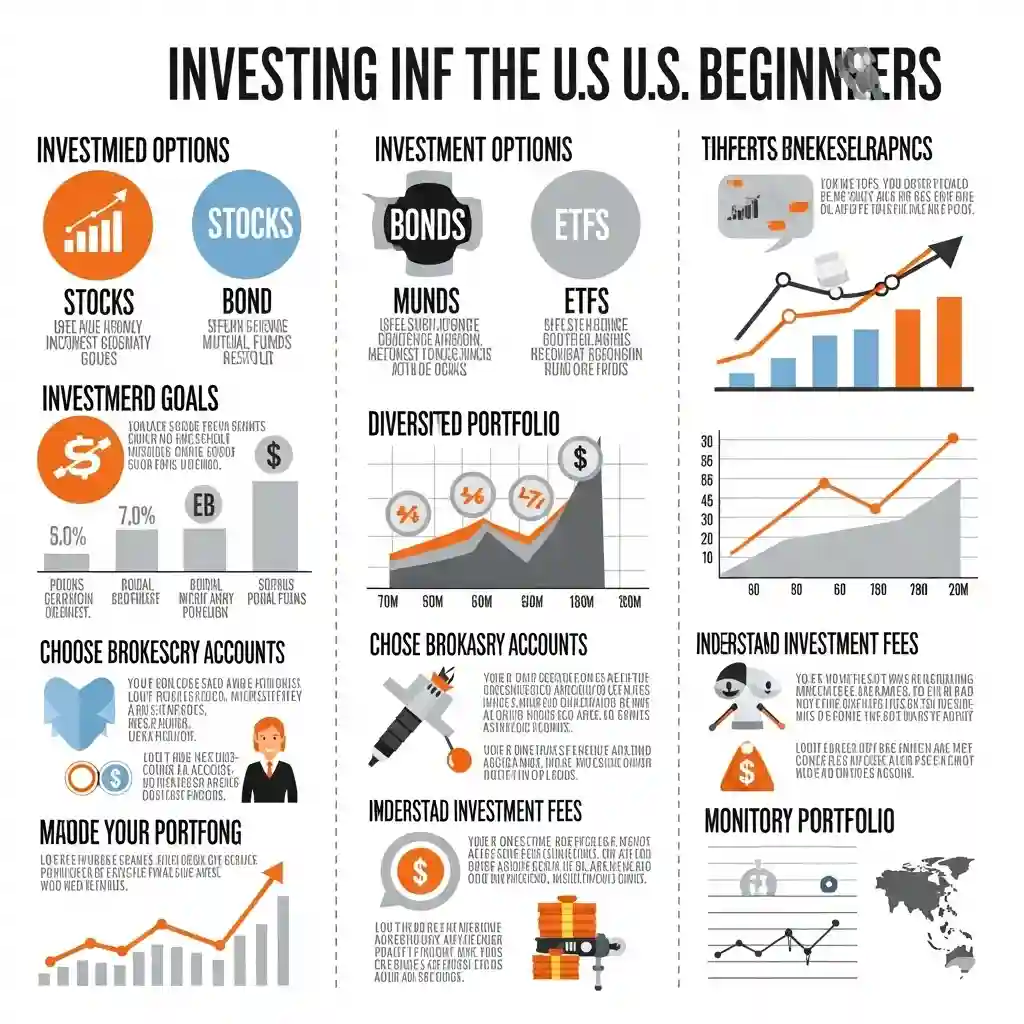
The United States stock market is one of the most stable, liquid, and opportunity-rich financial markets in the world. Whether you’re a U.S. citizen or a foreign investor, understanding how to invest in the U.S. market can be a game-changer for your financial growth.
This guide will walk you through everything you need to know to get started.
🔹 Why Invest in the U.S. Market?
- Strong Economy: Home to many of the world’s largest and most profitable companies (e.g., Apple, Microsoft, Amazon).
- Innovation Leader: U.S. companies dominate in tech, AI, healthcare, and finance.
- Liquidity & Transparency: Easy to buy/sell shares; strong regulatory framework ensures investor protection.
- Global Influence: U.S. economic and market trends often influence global financial markets.
🔹 Steps to Invest in the U.S. Stock Market
✅ 1. Open a Brokerage Account
Choose a reliable online broker that gives you access to U.S. stocks. Some popular brokers include:
- Robinhood (zero commission, easy for beginners)
- Charles Schwab
- Fidelity
- TD Ameritrade
- Interactive Brokers (great for international investors)
International investors may need to submit documents like a passport and fill out a W-8BEN tax form.
✅ 2. Fund Your Account
Transfer money into your brokerage account using:
- Bank transfer
- Wire transfer (for international investors)
- ACH (U.S. domestic transfers)
Most brokers support USD and may charge a currency conversion fee for non-USD deposits.
✅ 3. Choose What to Invest In
You can invest in:
- Individual Stocks (e.g., Tesla, Meta, Google)
- Exchange-Traded Funds (ETFs) (e.g., S&P 500 ETF – SPY)
- Mutual Funds
- Real Estate Investment Trusts (REITs)
- Bonds or Treasury securities
Start with diversified, low-cost ETFs if you’re a beginner.
✅ 4. Decide Your Investment Strategy
Choose your approach:
- Long-Term Investing (buy and hold for years)
- Value Investing (find undervalued stocks)
- Growth Investing (invest in fast-growing companies)
- Dividend Investing (earn regular income)
Stick to your strategy and avoid emotional decisions.
✅ 5. Track and Manage Your Portfolio
Use tools like:
- Broker’s built-in portfolio dashboard
- Apps like Yahoo Finance, Google Finance, or Seeking Alpha
- Set alerts for price movements and earnings reports
Rebalance your portfolio every few months or annually.
🔹 Best Index Funds & ETFs to Consider
If you want to invest broadly in the U.S. economy, consider these:
- SPY: S&P 500 ETF
- QQQ: Nasdaq-100 ETF (Tech heavy)
- VTI: Total U.S. Stock Market ETF
- VOO: Vanguard S&P 500 ETF
- DIA: Dow Jones Industrial Average ETF
These funds offer diversification and lower risk compared to single stocks.
🔹 Tips for Foreign Investors
- Use international brokers like Interactive Brokers or eToro.
- Always check for double taxation agreements between your country and the U.S.
- Fill out a W-8BEN form to reduce tax on dividends from 30% to 15% (in most cases).
🔹 Tax Considerations
- U.S. citizens must report capital gains, dividends, and interest income to the IRS.
- Non-U.S. investors may face withholding tax on dividends but are generally not taxed on capital gains.
- Keep detailed records for tax filing and consult a tax advisor if needed.
🔹 Common Mistakes to Avoid
- Investing based on hype or emotion
- Not diversifying enough
- Ignoring tax implications
- Not having a long-term plan
- Trying to time the market
✅ Conclusion
Investing in the U.S. market is one of the smartest moves to grow your wealth in 2025. Whether you’re investing in blue-chip stocks, ETFs, or dividend-paying companies, the key is consistency, patience, and research.
With the right broker, a clear plan, and a diversified portfolio, you can take full advantage of the opportunities the U.S. financial market offers.